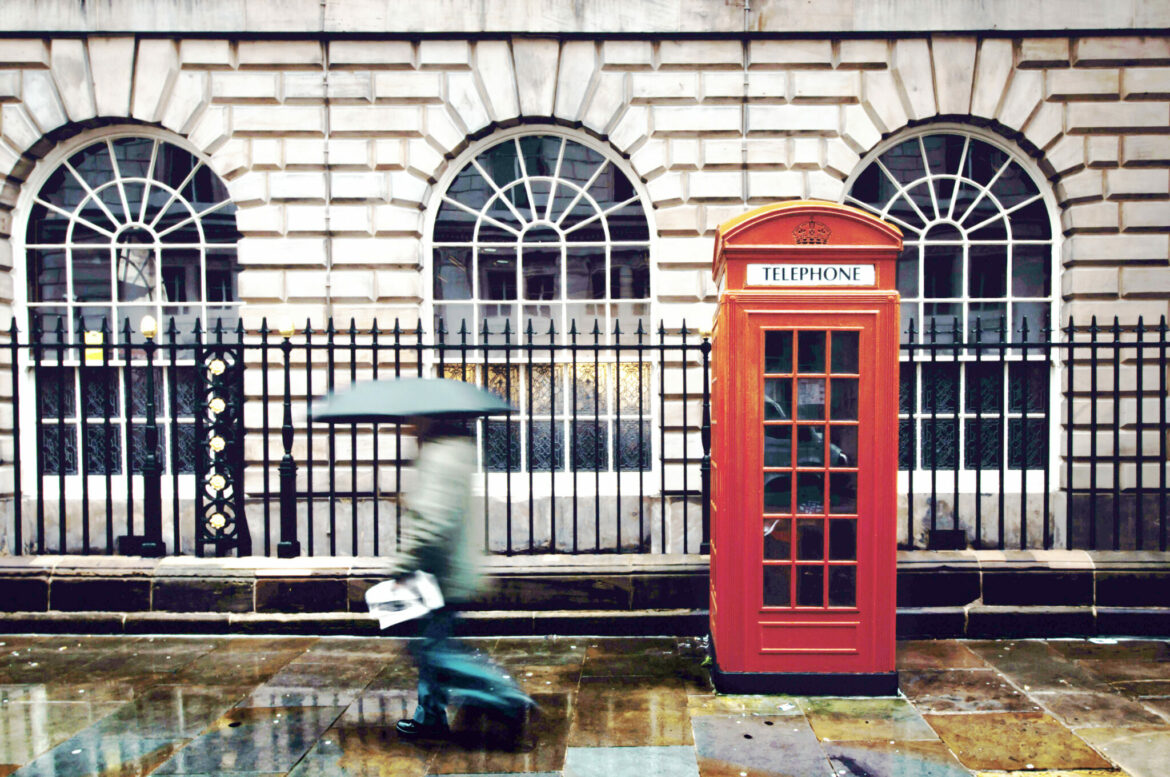About Nottingham Castle
Nottingham Castle, located in the city of Nottingham, UK, holds a significant historical and cultural importance. The original Norman castle was built in the 11th century and has since undergone multiple renovations and reconstructions. The castle sits atop a sandstone cliff, providing a commanding view of the surrounding area. It has played a crucial role in various historical events, including being a major stronghold during the English Civil War in the 17th century.
Today, the castle serves as a museum and art gallery, showcasing a diverse collection of artifacts and artworks that highlight the history and heritage of Nottingham and the wider region. Visitors can explore the castle grounds, which feature well-preserved medieval architecture, including the impressive gatehouse and remnants of the original fortifications.
The castle also offers panoramic views of Nottingham city and the surrounding countryside, making it a popular spot for both tourists and locals alike. Additionally, the castle hosts various events and exhibitions throughout the year, providing visitors with an opportunity to engage with the rich cultural heritage of the area.
In conclusion, Nottingham Castle stands as a significant landmark that encapsulates the history and spirit of Nottinghamshire. Its storied past and architectural beauty make it a must-visit destination for anyone interested in delving into the rich history of this historic city.
Interesting facts about Nottingham Castle
Frequently asked questions
1. Where is Nottingham Castle located?
Nottingham Castle is located in Nottingham, UK, on a high rocky outcrop overlooking the city.
2. When was Nottingham Castle built?
Nottingham Castle was built in the 11th century, shortly after the Norman Conquest of England in 1066.
3. What is the historical significance of Nottingham Castle?
Nottingham Castle has a rich history and has been a royal residence, a fortress, a prison, and is famously associated with the legend of Robin Hood.
4. Can visitors explore the interior of Nottingham Castle?
Yes, visitors can explore the interior of Nottingham Castle which now houses a museum and art gallery showcasing the history and heritage of the city.
5. What are some key attractions within Nottingham Castle?
Some key attractions within Nottingham Castle include the interactive Robin Hood Gallery, the Nottingham Castle Caves, and the breathtaking views of the city from the grounds.
6. Is there a fee to visit Nottingham Castle?
Yes, there is an admission fee to visit Nottingham Castle, with different rates for adults, seniors, children, and families.
7. Are there guided tours available at Nottingham Castle?
Yes, guided tours are available at Nottingham Castle, led by knowledgeable guides who provide insights into the history and significance of the site.
8. Can visitors participate in any special events or activities at Nottingham Castle?
Yes, Nottingham Castle hosts various events and activities throughout the year, including exhibitions, workshops, and historical reenactments.
9. What are the opening hours of Nottingham Castle?
Nottingham Castle is typically open to visitors from morning until late afternoon, with specific hours varying depending on the season and day of the week.
10. Is Nottingham Castle accessible to visitors with mobility restrictions?
While Nottingham Castle is situated on a hill and has some uneven terrain, efforts have been made to improve accessibility for visitors with mobility restrictions, including the provision of ramps and lifts within the grounds.
What people love about it
Upon visiting Nottingham Castle, I must say that I found it to be quite an impressive destination. The history of the castle is rich and fascinating, providing a glimpse into the past of this iconic structure. The views from the top of the castle are simply breathtaking, offering panoramic vistas of the surrounding area. The exhibits within the castle are informative and engaging, showcasing the heritage of Nottingham through various artifacts and displays. Overall, my experience at Nottingham Castle was truly memorable, and I highly recommend it to others looking to explore the history and beauty of this historic site.
How to get to Nottingham Castle
To get to Nottingham Castle in Nottingham, UK, you have a few different transportation options depending on your starting point. Here are some common ways to reach the Castle:
By Train: Nottingham Railway Station is the closest train station to Nottingham Castle, located approximately 1 mile away. From there, you can take a taxi or walk to the Castle.
By Bus: There are several bus routes that pass near Nottingham Castle, including the local Nottingham City Transport buses. You can check the bus schedules and routes on the Nottingham City Transport website or use a public transportation app.
By Car: If you are driving to Nottingham Castle, you can use GPS or a map to navigate to the castle grounds. There are parking lots nearby where you can park your car for a fee.
By Foot: If you are already in Nottingham city center, you can also walk to Nottingham Castle. The castle is located on a hill, so be prepared for some uphill walking. You can enjoy the scenic views of the city as you make your way up to the castle.
Once you arrive at Nottingham Castle, you can purchase tickets for entry and enjoy exploring the grounds, the museum, and learning about the history of this iconic landmark.
When to visit
The best time of year to visit Nottingham Castle in Nottingham, UK is typically during the late spring to early autumn months, from May to September. During this time, the weather in Nottingham is generally mild and pleasant, making it ideal for exploring the castle grounds and enjoying outdoor activities. Additionally, many special events and festivals are held at the castle during the summer months, adding to the lively atmosphere of the area. Keep in mind that the castle can be more crowded during peak tourist season, so visiting during the shoulder seasons of spring or fall may also provide a more relaxed experience while still enjoying the beauty of the castle and its surroundings.
Table of Contents

